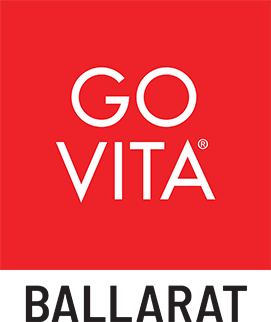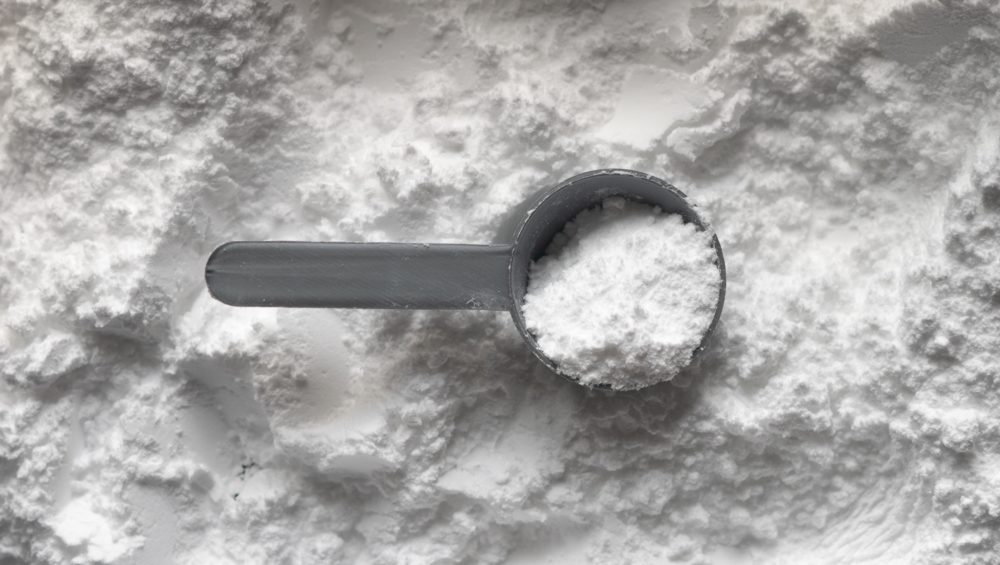Once upon a time, protein powders were exclusively for bulked-up gym goers who wanted to bulk up some more. While those protein powders are still around and definitely still have their place amongst gym-goers, modern-day protein powders have evolved so much that they now have a place in the everyday pantry.
How much protein do I need?
The general recommendation for protein is about 1.6g protein per kilogram of body weight. This is achievable on a well-balanced diet that contains foods such as lean meats, poultry, fish and seafood, eggs, dairy products, nuts, seeds and legumes.
What is the benefit to increasing protein?
Getting adequate protein in the diet has been found to aid weight loss and weight management as it can make you feel fuller for longer, it may also help reduce cravings, boost metabolism, increase fat burning, and help repair muscles.
Ideally, protein should be eaten regularly throughout the day, as part of each meal and snacks.
Why should I have protein powder?
Protein powders represent a convenient source of protein. They can be used as a low-calorie snack or post-workout fuel source by simply dissolving the powder in water or milk, or it can be blended with nutrient-rich fruit and vegetables to create a nourishing liquid meal.
What protein powder should I have?
Before jumping into your first bucket, tub, bag or sachet of protein powder, it’s important to establish what you want to use your protein powder for and what type of protein will suit you best.
Those that are following a specific training program that is geared towards increasing muscle mass will generally opt for a powder that has a high proportion of protein and a low proportion of carbs and fat. Others who may be looking to use protein powder as a recovery supplement, meal replacement or convenient snack should consider a protein powder that is still relatively low in calories but has additional superfood and nutrients.

Whey protein
Traditionally, protein powders come from dairy, specifically – whey.
Whey is a popular source of protein because it is easily digested by the body, rapidly absorbed into the bloodstream and thanks to the presence of an essential amino acid called ‘leucine’, results in some muscle growth.
Whey proteins are divided into three different types:
- Whey Protein Isolate (WPI) is generally around 90% concentrate, and therefore made with almost no carbohydrates or fats. This is a popular, albeit an expensive option, for athletes who are specifically focusing on and training for muscle growth and a lean body mass.
- Whey Protein Concentrate (WPC) is a cheaper form of protein. It contains about 70-80% protein with the remainder made up of lactose (carbohydrate) and fats. This is a more cost-effectient option for those looking to use a protein supplement as a meal replacement, post-workout or protein supplement.
To get the best of both worlds, there are several brands that produce a WPI/WPC blend. - Whey Protein Hydrolysate can be either of the above, where some of the amino bonds have been broken to help increase the rate of digestion.
Dairy free protein
Dairy-free protein powders have become more popular in recent years with the rise in vegetarianism and veganism. This coincides with an increase in the demand for a more general protein supplement that caters for a variety of training regimes and busy lifestyles.
- Pea protein powders provide just as much protein as their whey counterparts and it has been found to be equivalent in its ability to impact muscle growth and repair. However, pea protein is not absorbed into the bloodstream quite as quickly. Many people, including a plethora of high-calibre athletes, are choosing pea protein as a way to have a low-calorie and convenient meal or snack and/or for recovery after exercise.
Fortunately, pea protein powders are also blended with other superfoods (such as flaxseed, chia seeds, psyllium husk, MCT oil and more) to provide more nutrients. - Rice protein is relatively easy and cost-effective to produce. However, rice protein is an incomplete protein that does not provide all of the essential amino acids your body requires (unlike whey and pea protein), so it is often combined with pea protein to fill the gap. It’s also important to note that even though rice is considered a carbohydrate, rice protein is made by treating brown rice with special enzymes that cause the carbohydrate and protein to separate.
What flavour protein powder should I get?
At Go Vita Ballarat we generally talk to people about how they will be using their protein powder. If you want to be able to drink protein with water straight after the gym or to have in your handbag as an emergency snack, we’ll usually recommend going for something with a flavour – like the White Wolf Salted Caramel or one of the mouth-watering flavours from Happy Way or Tropeaka.
But if you’re planning on blending your protein powder into your morning smoothie, we’ll usually point you towards something like the White Wolf Creamy Vanilla so you can play around with different smoothie additions. We love having the flexibility to pimp up smoothies with things like cold drip coffee, cinnamon, cacao, coconut yoghurt, peanut butter powder or even some Fitlato low-calorie ice cream for a real treat!
Can you help me in-store?
Absolutely. Feel free to come into our local Ballarat shop and we can show you the extensive range of protein powders we have available. If you’re still unsure about which one to get, ask a staff member to show you the trial packs from brands like White Wolf, Prana On and Happy Way so you can test out a few flavours first.
Don’t forget, we have two Super Days every month where Go Vita Ballarat Members save up to 15% off protein powders. If you’re not already a member, you can sign up here.






